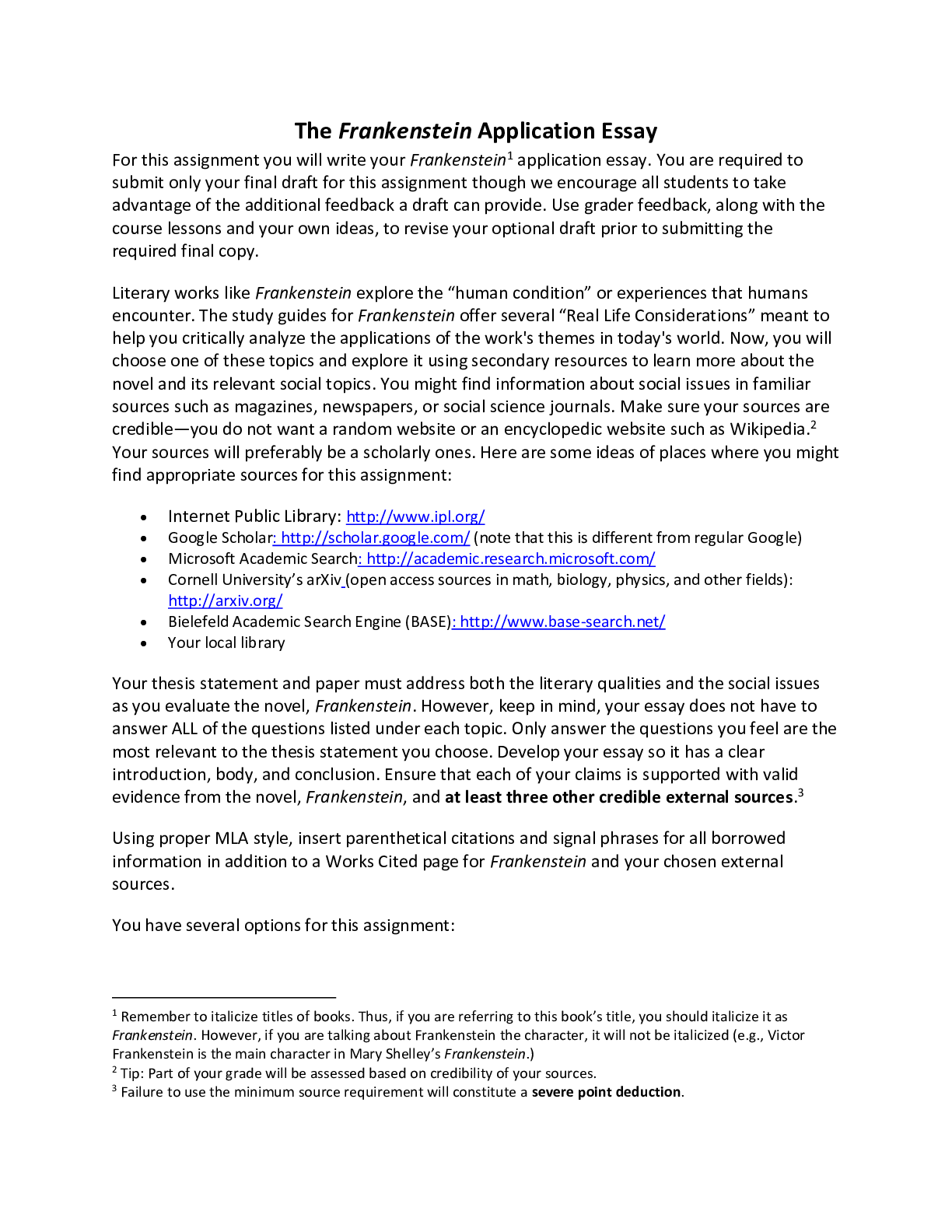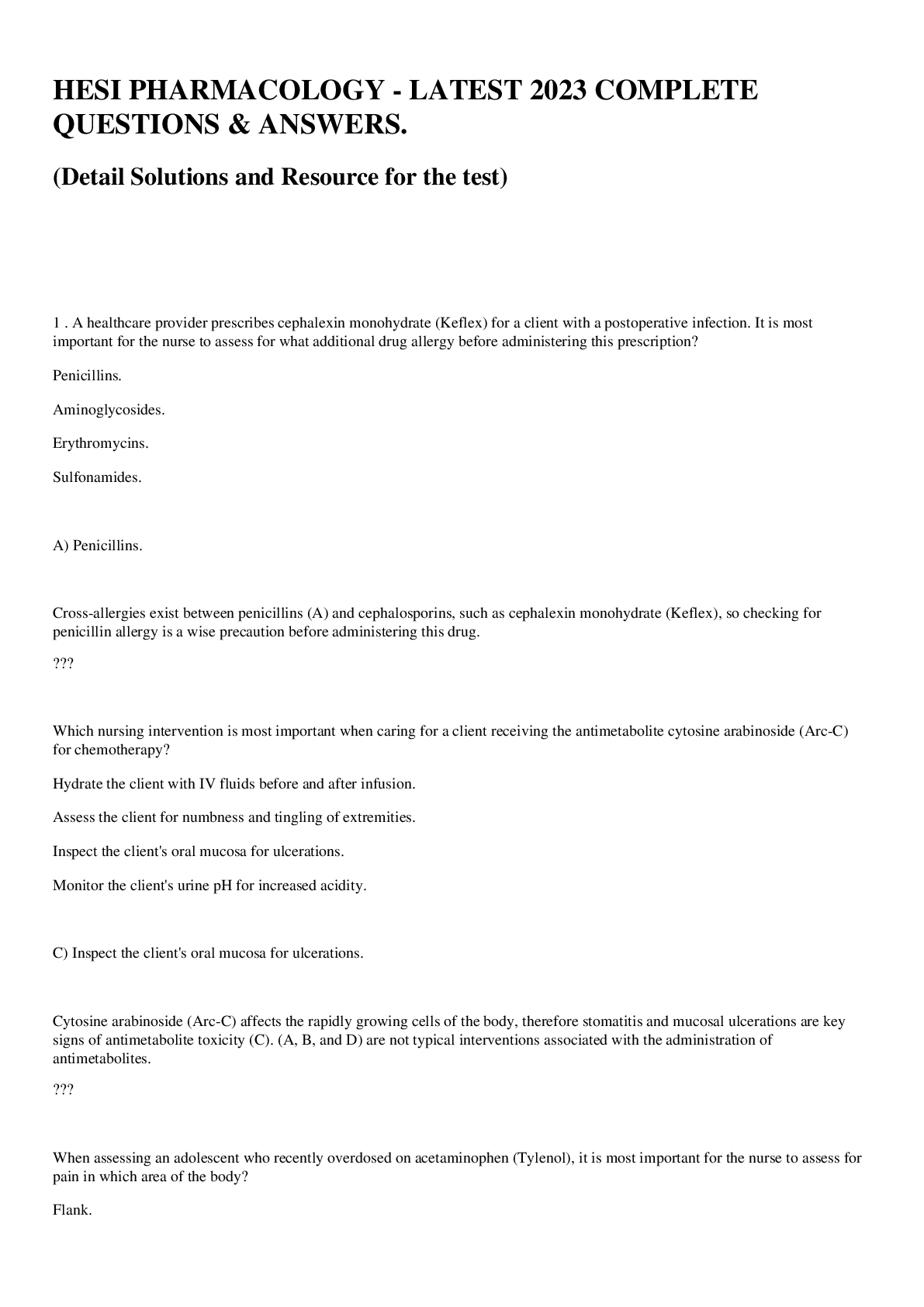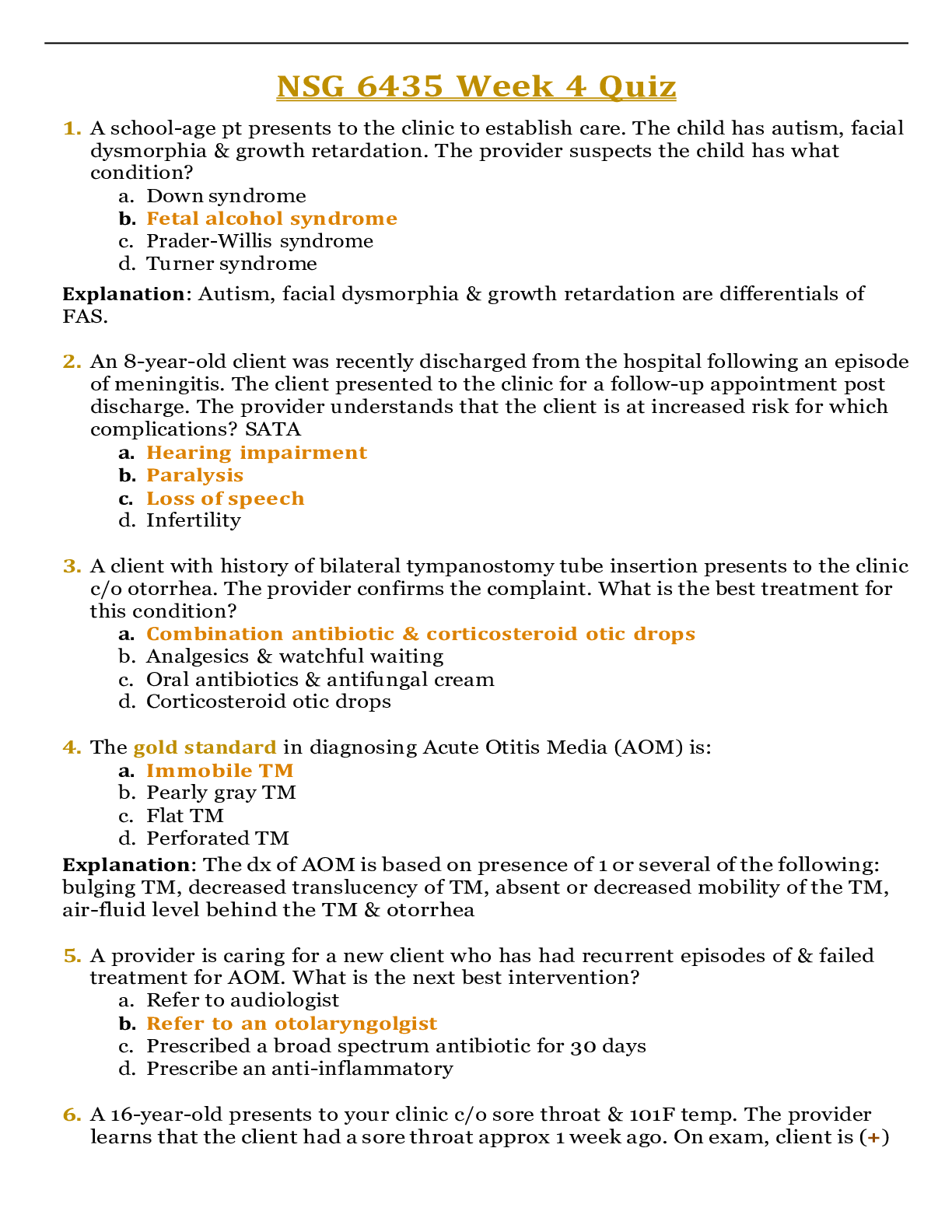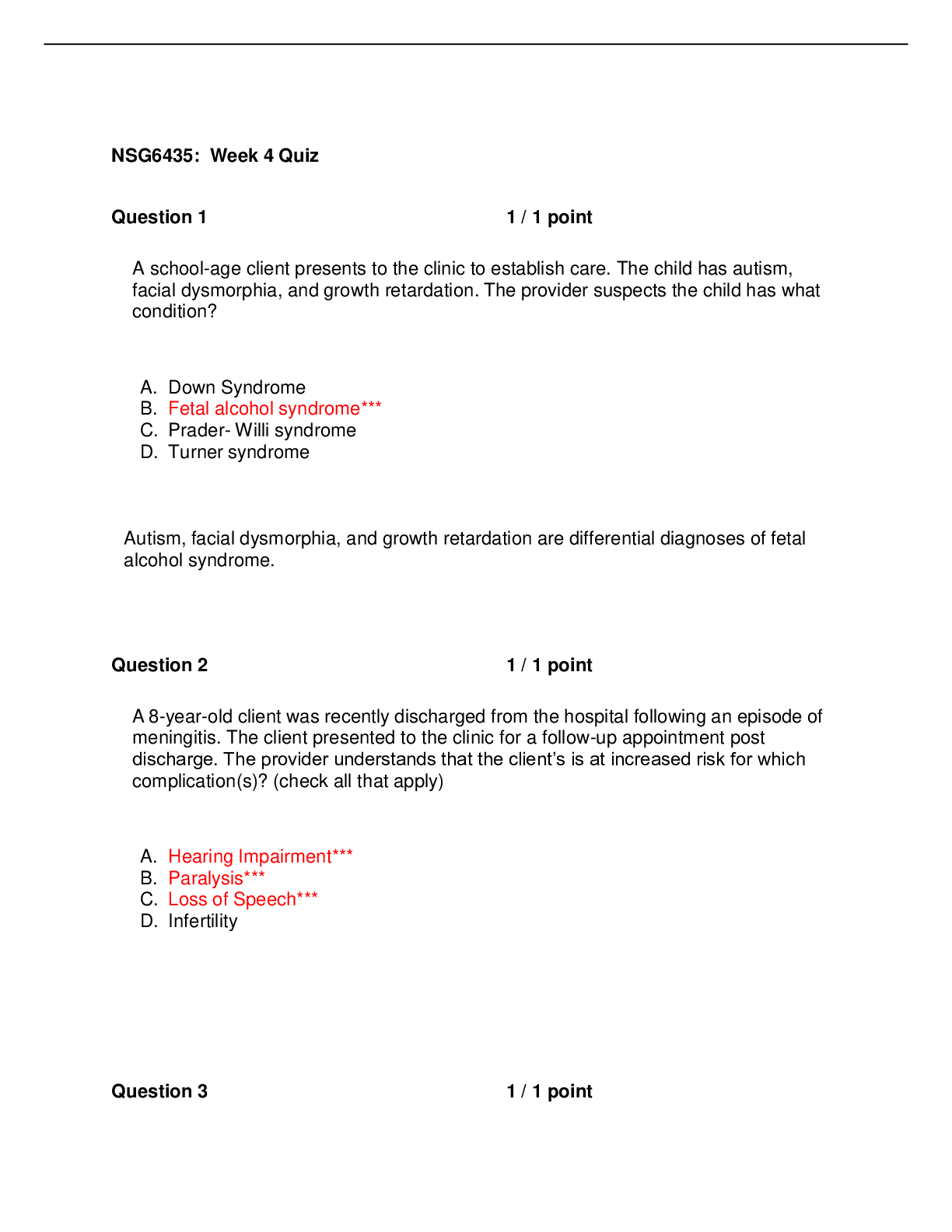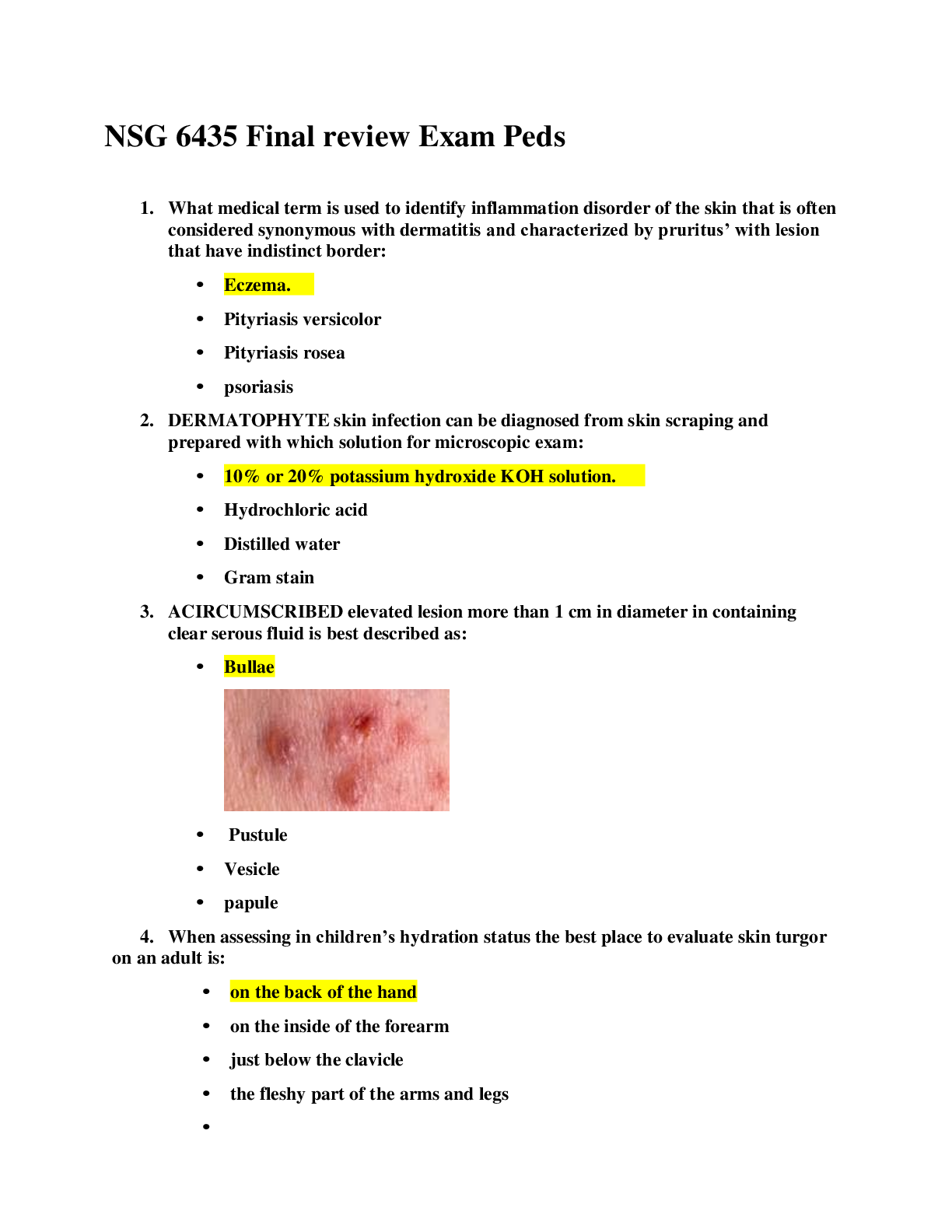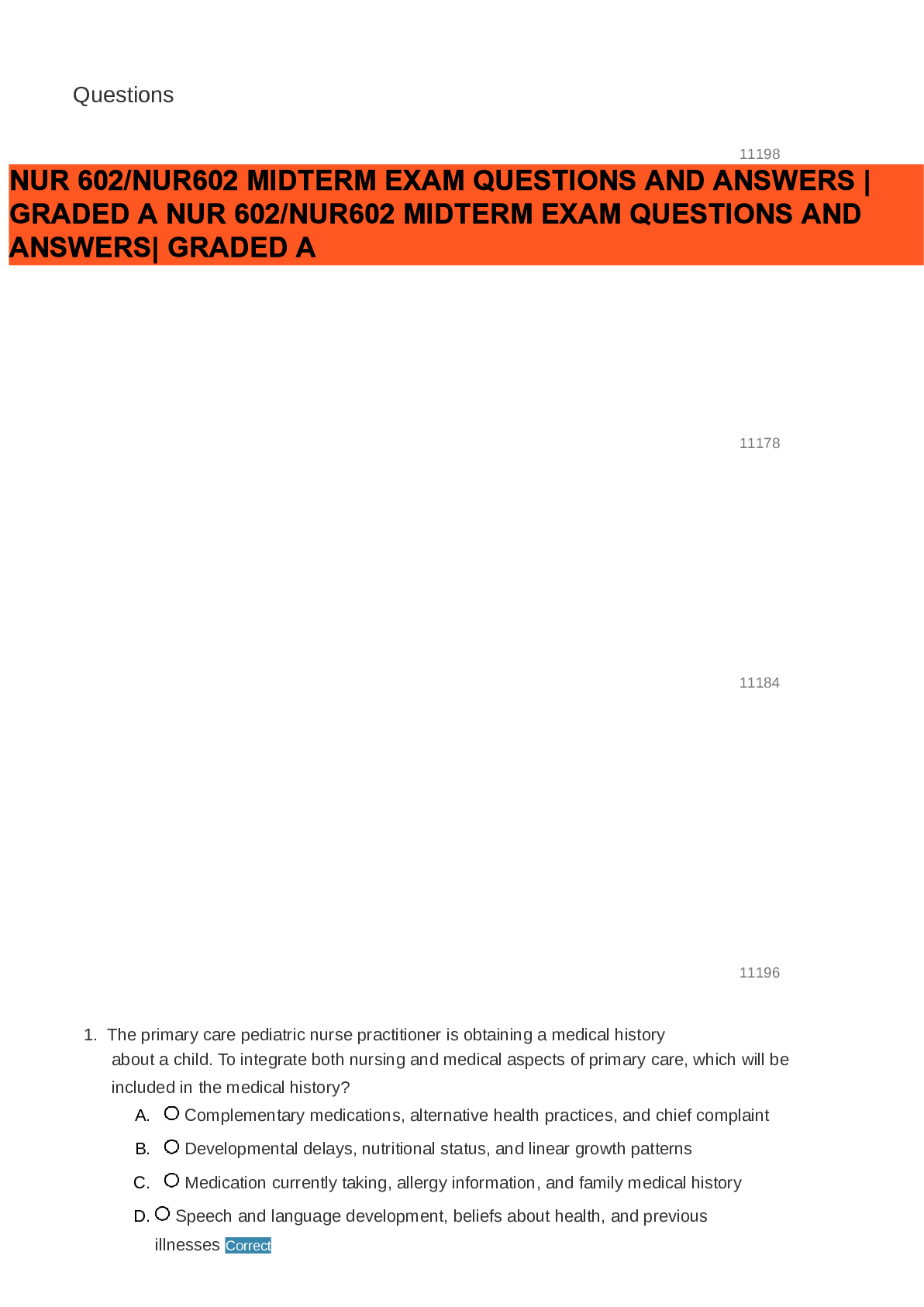Chemistry > QUESTIONS & ANSWERS > Equilibrium Diploma Questions. (All)
Equilibrium Diploma Questions.
Document Content and Description Below
Acid Base Equilibrium Multiple Choice Identify the choice that best completes the statement or answers the question. Use the following information to answer the next 3 questions. Nitrogen fixation occ... urs slowly in the atmosphere. The equation for this reaction is N2(g) + O2(g) + 180.4 kJ 2 NO(g) Kc = 4.0 x 10−31 at 25.0°C ____ 1. The equilibrium expression for this reaction is a. c. b. d. ____ 2. Equilibrium is achieved when the a. total pressure does not change. b. rate of the forward reaction equals the rate of the reverse reaction. c. rate of the forward reaction is twice that of the rate of the reverse reaction. d. total energy changes ____ 3. At equilibrium, if the [O2(g)] = [N2(g)], then a. [NO(g)] = [N2(g)] b. [NO(g)] > [N2(g) c. [NO(g] = 2 [N2(g)] d. [NO(g)] < [N2(g)] Use the following information to answer the next _ questions. Large quantities of ammonia are produced by the Haber-Bosch method. The essential reaction in this process involves the equilibrium N2(g) + 3 H2(g) 2 NH3(g) + 92.2 kJ ____ 4. A catalyst is utilized in the Haber-Bosch process because the a. reaction is exothermic. b. enthalpy of formation of ammonia is high. c. mole ratio of the reactants is 1:3. d. reaction is slow. ____ 5. The conditions that theoretically favour the formation of ammonia in the Haber-Bosch process are a. high pressure and high temperature. b. high pressure and low temperature. c. low pressure and high temperature. d. low pressure and low temperature. ____ 6. In all chemical systems at equilibrium, a. macroscopic properties are changing b. all the reactants are converted to products c. the amount of reactant equals the amount of products d. the forward reaction rate equals the reverse reaction rate 1 ____ 7. For the steam-hydrocarbon reforming process, the equilibrium law expression is: The reaction described by this equilibrium is a. CH4(g) + 2 H2O(g) CO2(g) + 4 H2(g) b. CO2(g) + 4 H2(g) CH4(g) + 2 H2O(g) c. CH4(g) + H2O(g) CO2(g) + H2(g) d. CO2(g) + H2(g) CH4(g) + H2O(g) [Show More]
Last updated: 2 years ago
Preview 1 out of 47 pages

Buy this document to get the full access instantly
Instant Download Access after purchase
Buy NowInstant download
We Accept:

Reviews( 0 )
$14.00
Can't find what you want? Try our AI powered Search
Document information
Connected school, study & course
About the document
Uploaded On
Aug 10, 2021
Number of pages
47
Written in
Additional information
This document has been written for:
Uploaded
Aug 10, 2021
Downloads
0
Views
95




